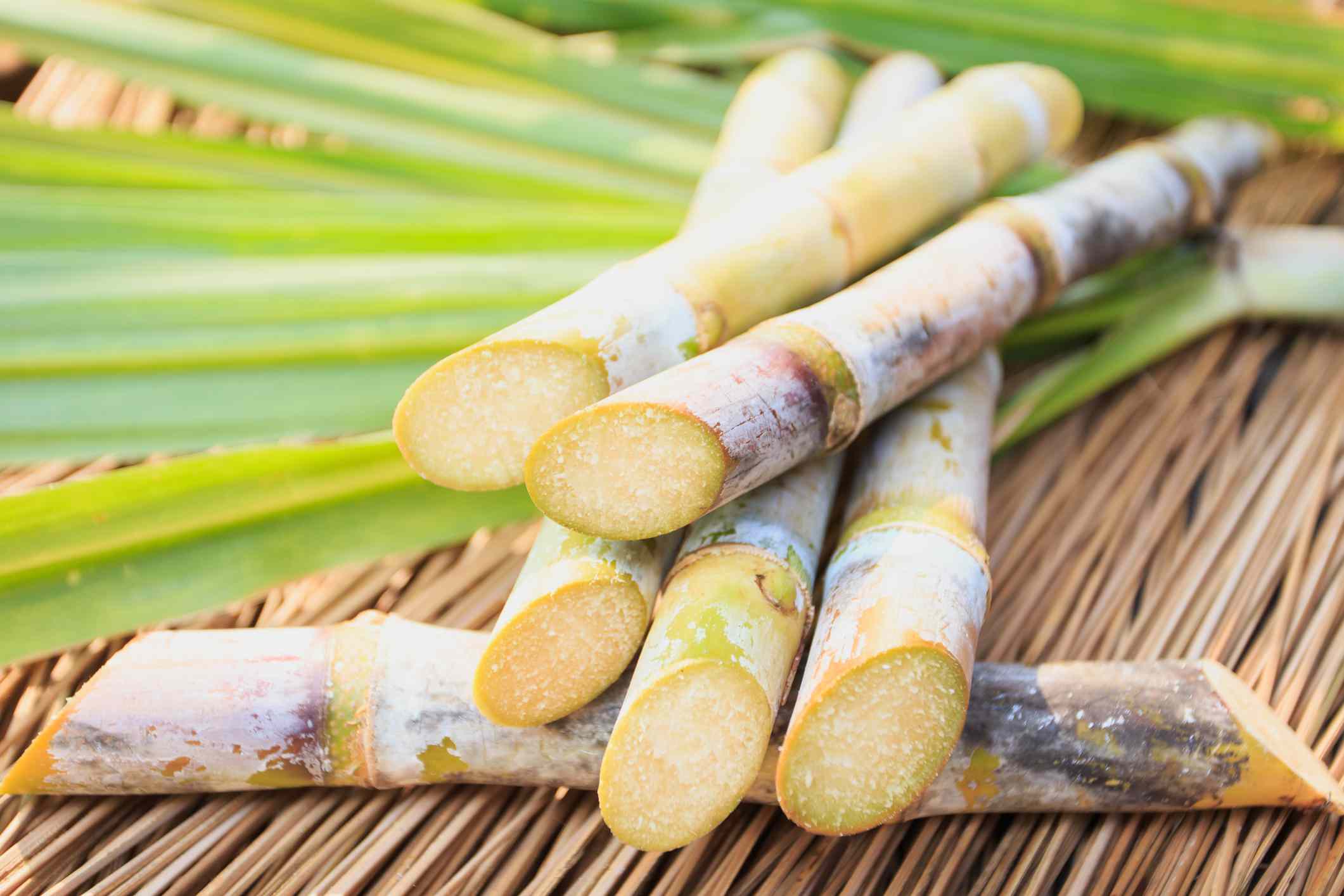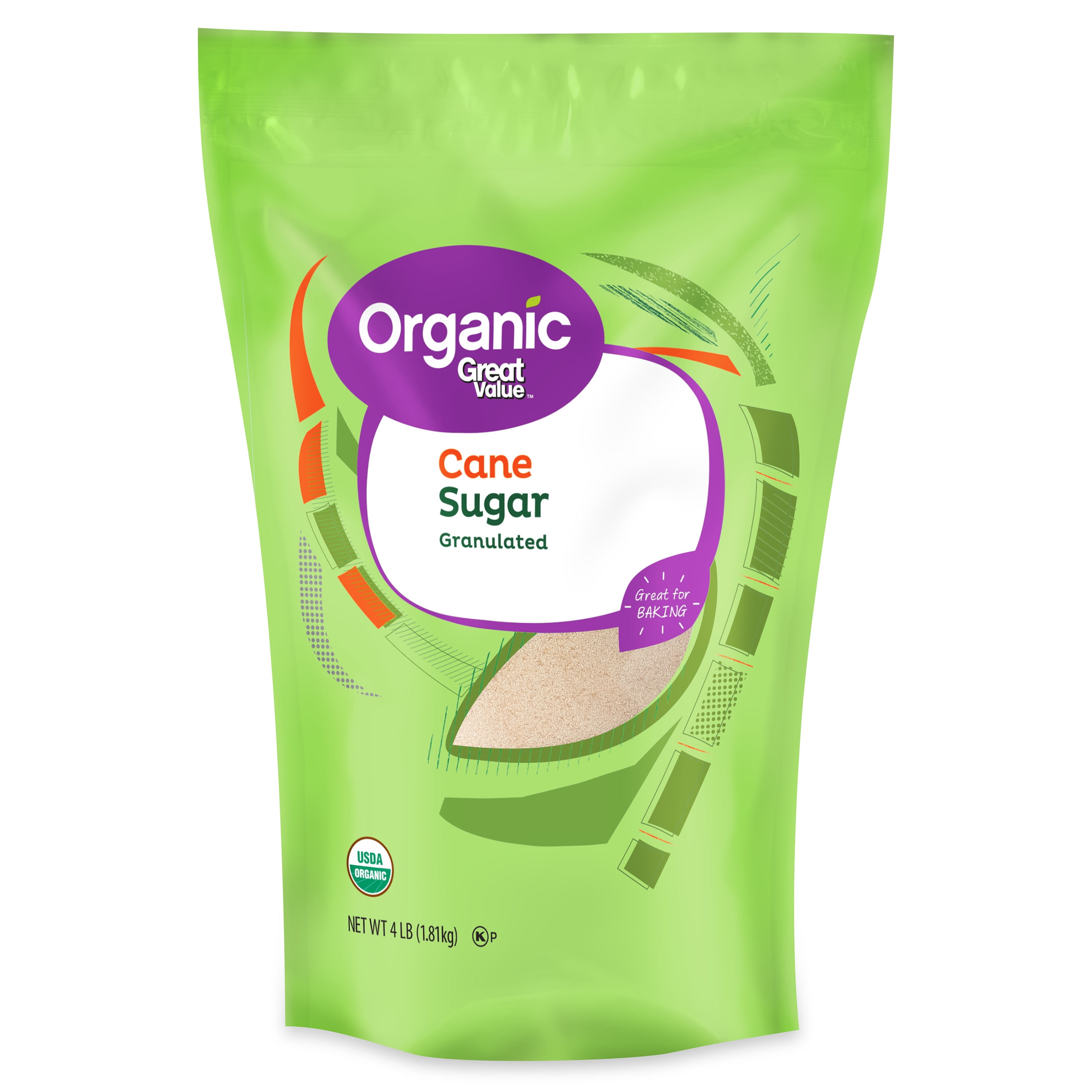Cane Sugar Processing: Ingenious Methods for High Quality Production
Cane Sugar Processing: Ingenious Methods for High Quality Production
Blog Article
Exploring the Comprehensive Steps Associated With Walking Cane Sugar Handling From Collecting to Improvement
The process of walking stick sugar production includes a collection of detailed actions, starting with the cautious harvesting of sugarcane and culminating in the refinement phases that ensure the last product fulfills industry standards. Each stage, from the extraction of juice to the filtration and crystallization procedures, plays an essential function in identifying the quality and personality of the sugar.
Gathering Sugarcane
Harvesting sugarcane is a vital action in the walking stick sugar handling chain, as it straight affects the quality and return of the final product. Appropriate timing and techniques are important throughout this phase to make certain ideal sugar web content and reduce losses. Normally, sugarcane is harvested when it gets to maturation, normally 12 to 18 months after growing, identified by a high sucrose concentration.

Post-harvest, the sugarcane has to be refined swiftly to avoid sucrose degradation. Preferably, gathered cane should be moved to processing facilities within 24-hour to maintain sugar quality. For that reason, efficient logistical planning is important to preserve the stability of the collected plant throughout the supply chain.
Extraction Process

The crushed walking stick undergoes a series of pressing operations to optimize juice healing. Commonly, hot water is sprayed onto the smashed walking stick, creating a countercurrent circulation that aids dissolve the sugar while also assisting in the extraction process. The juice accumulated from this procedure contains not just sugar but likewise numerous natural substances and contaminations.

To enhance extraction effectiveness, some facilities may use diffusion techniques, where the sugarcane is soaked in warm water, enabling the soluble sugars to diffuse right into the liquid. The resulting juice, abundant in sucrose, is then guided to succeeding handling stages, laying the foundation for filtration and improvement. The removal procedure is hence pivotal in identifying the quality and yield of the last sugar item.
Purification Techniques
The purification techniques used in walking cane sugar processing are vital for transforming the raw juice into a top notch sugar item. These methods primarily intend to remove impurities, such as soil, plant products, and not natural substances, which can adversely affect the end product's taste and shade.
One of one of the most usual purification techniques is clarification. This process involves including lime and warm to the raw juice, which facilitates the coagulation of impurities. The resulting precipitate is then gotten rid of via sedimentation or purification, producing a clearer juice. Furthermore, using phosphoric acid can enhance the clarification process by further binding contaminations.
An additional considerable technique is carbonatation, where co2 is presented to the made clear juice. This reaction generates calcium carbonate, which catches remaining pollutants and promotes their removal.
Furthermore, turned on carbon treatment might be applied to adsorb any kind of staying colorants and natural impurities, ensuring Homepage an extra refined product. The combination of these techniques effectively prepares the sugar juice for subsequent action in the refining process, establishing the stage for the production of premium walking cane sugar.
Crystallization Approaches
After the filtration phase, the following essential step in walking stick sugar handling includes condensation techniques, which play a critical function in changing the cleared up juice into strong sugar. This process commonly employs two main approaches: spontaneous formation and regulated formation.
In spontaneous condensation, supersaturated sugar options are enabled to cool down naturally, leading to the formation of sugar crystals over time. This method allows for the uniform development of sugar crystals and greater pureness.
During crystallization, the cleared up juice is concentrated through evaporation, increasing its sugar material till it gets Check This Out to supersaturation. Once this factor is attained, either technique can assist in the formation procedure. Cane Sugar Processing. The resultant sugar crystals are after that separated from the remaining syrup through centrifugation
Inevitably, the selection of crystallization method impacts the top quality, dimension, and purity of the final sugar item, making this action vital in the general cane sugar handling treatment.
Refinement and Packaging
Just how can the pureness and high quality of cane sugar be better boosted after condensation? The refinement procedure plays a critical function in achieving high-quality walking cane sugar. Complying with formation, sugar undertakes a thorough cleaning to remove contaminations and residual molasses. This is commonly accomplished using cozy water or steam, which assists dissolve and remove unwanted aspects while protecting the sugar crystals.
Next, the sugar goes through a procedure called centrifugation, where it is spun at broadband to divide the purified sugar crystals from the staying fluid. After centrifugation, the sugar is typically more refined with an approach called carbonization or phosphatation, which utilizes triggered carbon or phosphoric acid to remove color and off-flavors.
When improved, the sugar is dried out to achieve the preferred wetness web content, guaranteeing that it continues to be stable during storage and transport. The final action involves packaging the refined sugar in airtight and moisture-proof containers to maintain its quality and stop contamination. Cane Sugar Processing. Correct product packaging not only extends shelf life however likewise helps with simple handling and circulation, ensuring that consumers receive sugar that meets the greatest criteria of pureness and top quality
Conclusion
The extensive steps associated why not try here with cane sugar processing, from the precise harvesting of sugarcane to the elaborate refinement and packaging stages, highlight the value of each stage in making certain top quality sugar production. Optimal harvesting techniques, effective removal techniques, and extensive purification processes collectively add to the last item's purity and stability. The crystallization and subsequent product packaging techniques even more improve the stability and life span of the sugar, highlighting the complexity and accuracy integral in this important farming sector.
The procedure of walking stick sugar production incorporates a collection of intricate steps, beginning with the mindful harvesting of sugarcane and culminating in the refinement phases that make sure the last item satisfies industry criteria. Ideally, harvested walking cane needs to be transferred to refining facilities within 24 hours to preserve sugar top quality.In spontaneous condensation, supersaturated sugar solutions are allowed to cool down normally, leading to the formation of sugar crystals over time - Cane Sugar Processing. The improvement process plays a crucial duty in attaining high-grade walking stick sugar.The comprehensive actions involved in walking stick sugar processing, from the careful harvesting of sugarcane to the intricate improvement and packaging phases, highlight the relevance of each phase in making certain top notch sugar production
Report this page